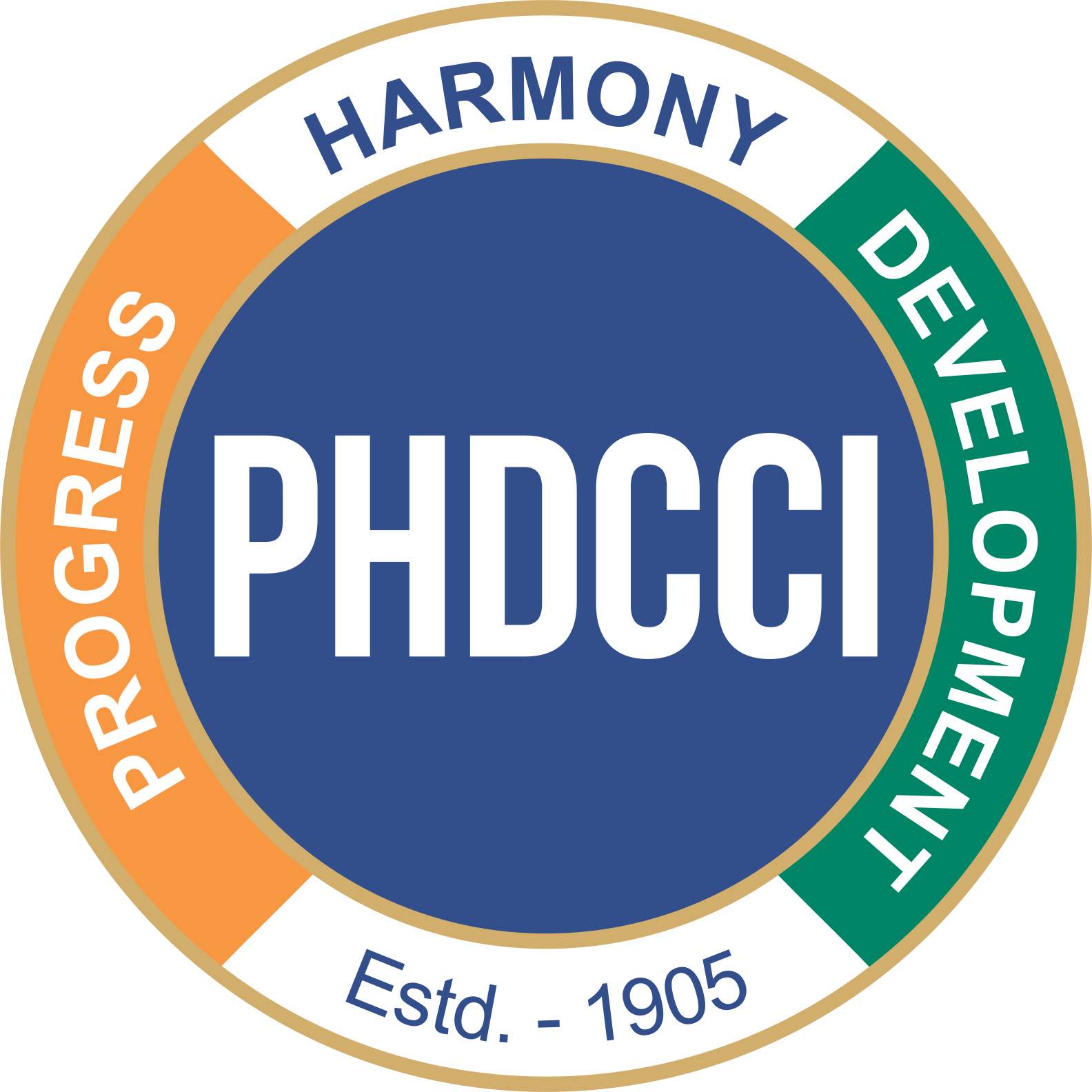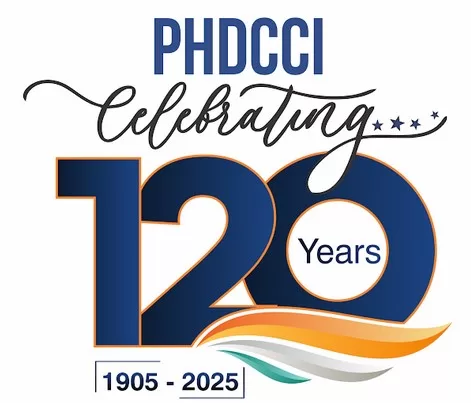PR No – 146
30th July, 2025
New Delhi
Improved Quality of Ammunitions and its quantity is important for making India Atmanirbhar, says Shri Sanjeev Kumar, Secretary (Defence Production), Ministry of Defence, Govt of India
July 30, 2025, New Delhi: It was a power packed inaugural session of PHDCCI’s Ammo Power Conference held today at Hotel Le Meridien, New Delhi where the most credible and capable minds from across the defence ecosystem were gathered to reflect on the present challenges and envision a way forward for a strong, resilient and future-ready ammunition base. The theme, “Building Ammunitions Ecosystem for self-reliant and future ready India” was apt looking at the global scenario, agreed all the dignitaries present.
Welcoming the high profile gathering of Armed Forces, Industry and Policy makers, Dr. Nasir Jamal, Director, PHDCCI, stated that be it land warfare, naval operations or air defence, ammunition is not just a consumable – it is a critical enabler of a mission’s success, deterrence and preparedness. In the age of modern warfare and evolving threats, our munitions must be smart, precise, reliable and indigenously available. Today, we are all gathered to progress towards and achieve this collective mission.
Addressing the gathering Chief Guest, Shri Sanjeev Kumar, Secretary (Defence Production), Ministry of Defence, GoI, said that we all understand the requirement of ammunition and where all we stand today as well as the unpredictable global scenario. Self reliance is necessary and that has been the theme of the government for more than a decade now.
“There’s no lacking in the intention of the government and armed forces as user, the industry needs to concentrate on the entire value chain so that we are not only able to meet our requirement but also fulfil global requirement. Improved ammunition and the quantity are very important. Even in the medieval period, improved ammunition played advantage in the war. We need to be self-reliant in Ammunitions at all cost as even the friendly nations are working towards fulfilling their own requirement, he said
“We understand the challenges in this industry and today’s Conference would certainly add to an understanding of what needs to be done. Let us all sit together and work on it”, he added.
Sharing the ammunition landscape with respect to Indian Army, Lt. Gen. Amardeep Singh Aujla, PVSM, UYSM, YSM, SM, VSM, Master General Sustenance, Indian Army, shared that out of the 175 variants of ammunition in our inventory, 154 are indigenous, and by the end of this year, we will be 100% indigenous.
Wars today are becoming lethal and precise, Indian Armed forces are looking at smart and intelligent ammunition which are tailor made and customised to our requirements with faster replenishments, assured quality and 100% indigenous. Future of Indian Army will not be built in the battle field alone, it will be built in your factories, your R&D centres.
In his address, Air Marshal KAA Sanjeeb, VSM, Director General (Systems), Indian Air Force emphasised to become producers and not just assemblers, create centre of excellence, work with global giants like Israel and Russia and invest in building intellect in armament sector. There’s also a need to relax licensing, both import and export.
“Indian Navy has already done 70% indigenisation. There’s a lot of scope for existing as well as new players. We have almost Rs.5000 crore outstanding orders, there are a lot of orders in the pipeline. For private industry, sky is the limit with the recent changes in the warfare and the disruption in this sector”, said Kaval Singh, INAS, Principal Director of Naval Armament, Ministry of defence (Navy). There are various challenges to be addressed for a smoother transition to complete atmanirbharta for eg., capacity building, capacity utilisation, technology upgradation, high capital cost, safety issues, regulations and quality assurance, deficiency of critical resources, supply chain vulnerability and the dependency on imports. Convergence of all 3 viz., the users, the industry and the policy makers is critical to overcome these challenges.
Vaibhav Gupta, Co-Chair, PHDCCI Defence & HLS Committee opened the session with a compelling message: “Ammunition today is not merely strategic—it is foundational to India’s shared vision of transformation and sovereignty.”
Ashok Wadhawan, Joint President & Head Land Systems, Adani Defence, highlighted that in the last 5–6 years, there have been conflicts all over the world. And war today is played with ammunition unlike tanks and missiles, and this puts a lot of pressure on the world. He emphasized that India must build private sector capability, supported by public institutions, to keep pace with this change. He identified loitering munitions and energetic materials as focus areas and called for urgent policy reform to enable growth.
“Wars have changed, the focus has shifted from tanks to drones. We should start producing precision-ammunition”, said Ashish Kansal, Chief Executive Officer, SMPP Ltd., echoing the call for transformation, stressing that “Ammunition is no longer just an operational requirement, it’s the backbone of modern warfare.” Citing learnings from Operation Sindoor, he emphasized the transition to drone warfare, smart ammunition, and the critical need for public-private partnerships. He also advocated for investment in skill development and explosive handling training centers.
Arjun Dutt Atluri, Co-Chair, PHDCCI Defence & HLS Committee, gave the vote of thanks underlining the importance of such interactive sessions for collective efforts for the strategic growth self-reliance.
On this ocassion, a report on “AMMUNITIONS ECOSYSTEM FOR A SELF-RELIANT AND FUTURE-READY INDIA” prepared by PHDCCI and Sugosha Advisory was also unveiled by the dignitaries present.






